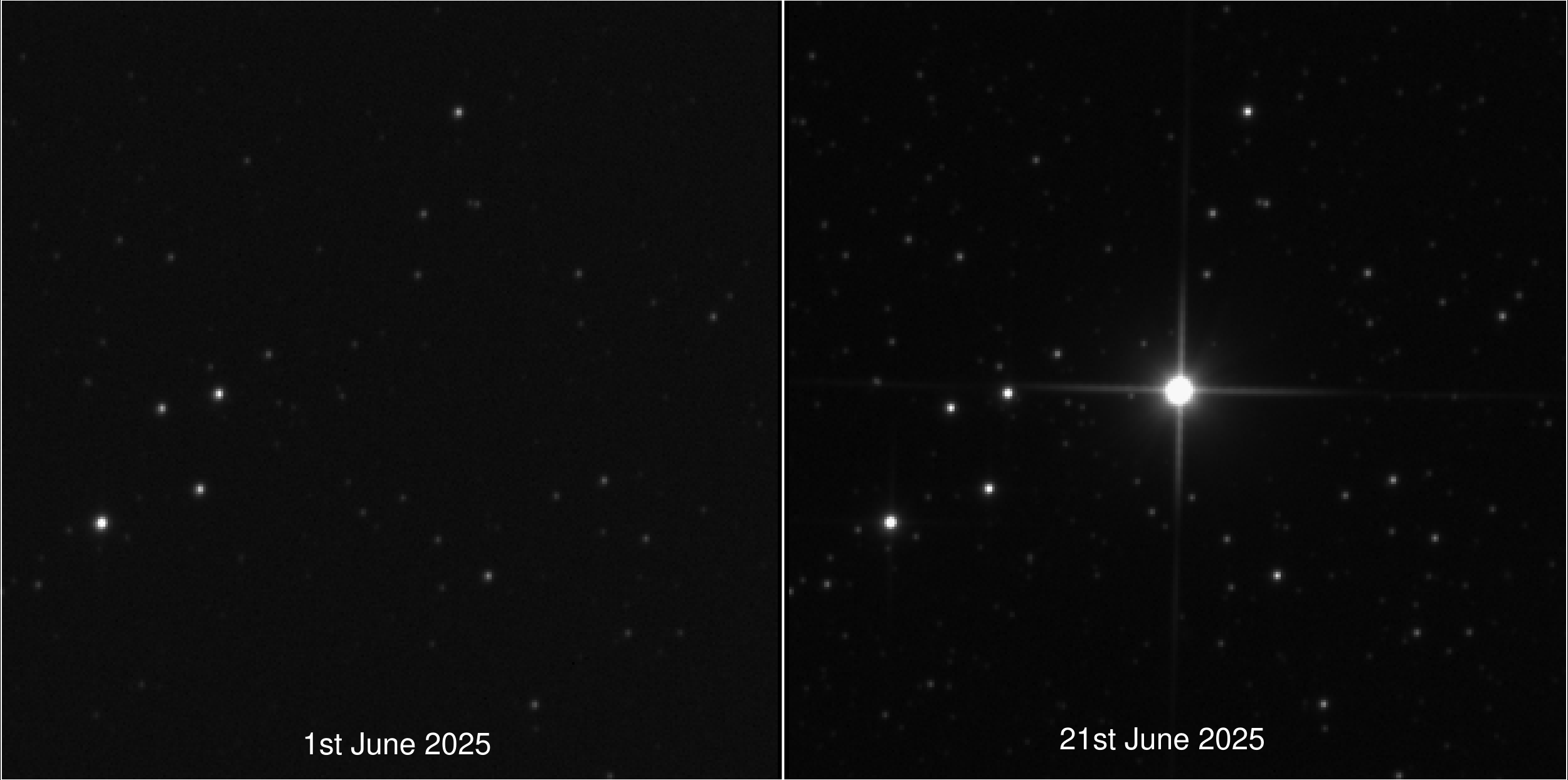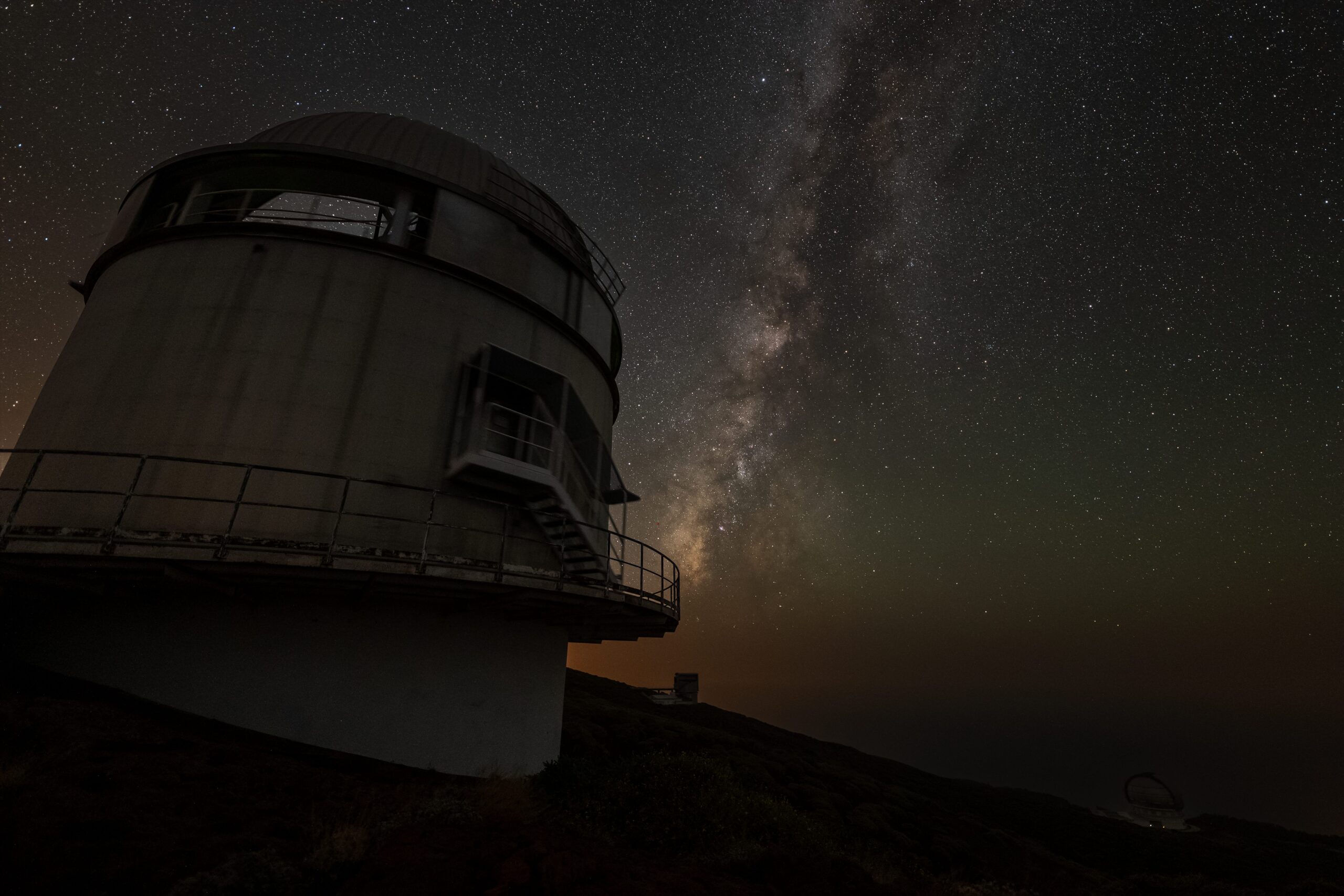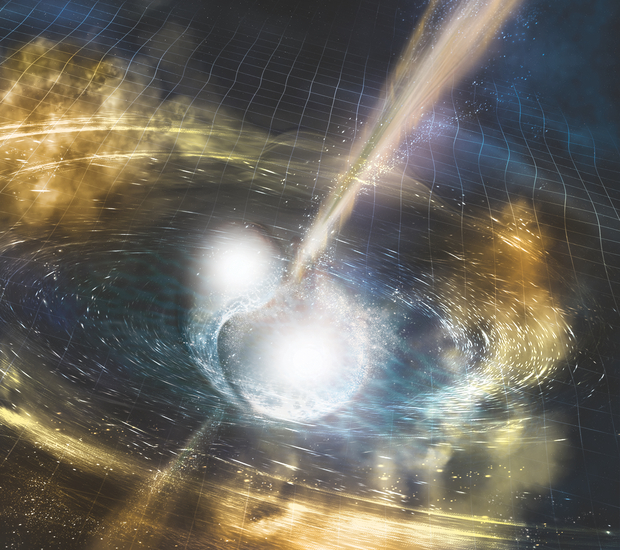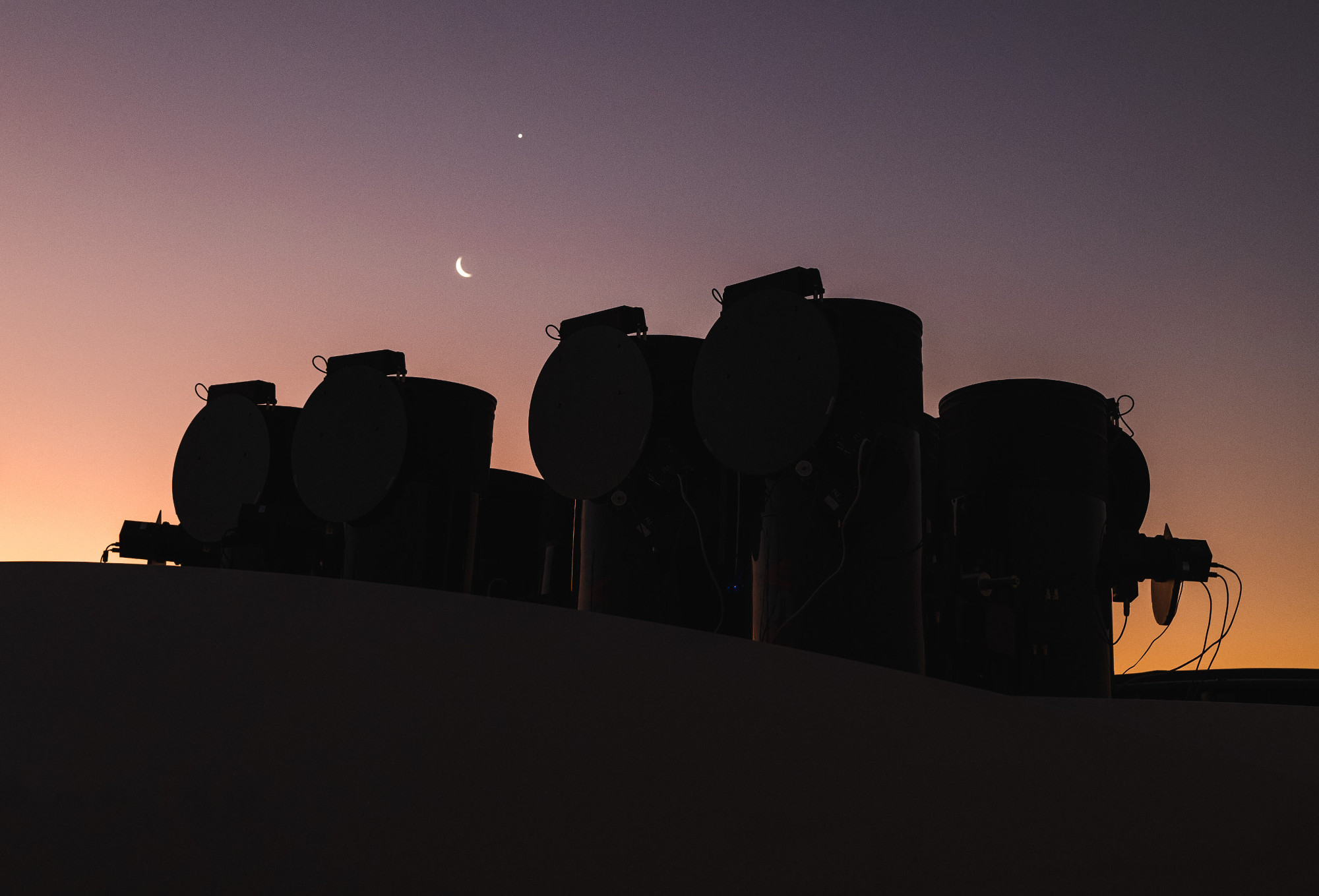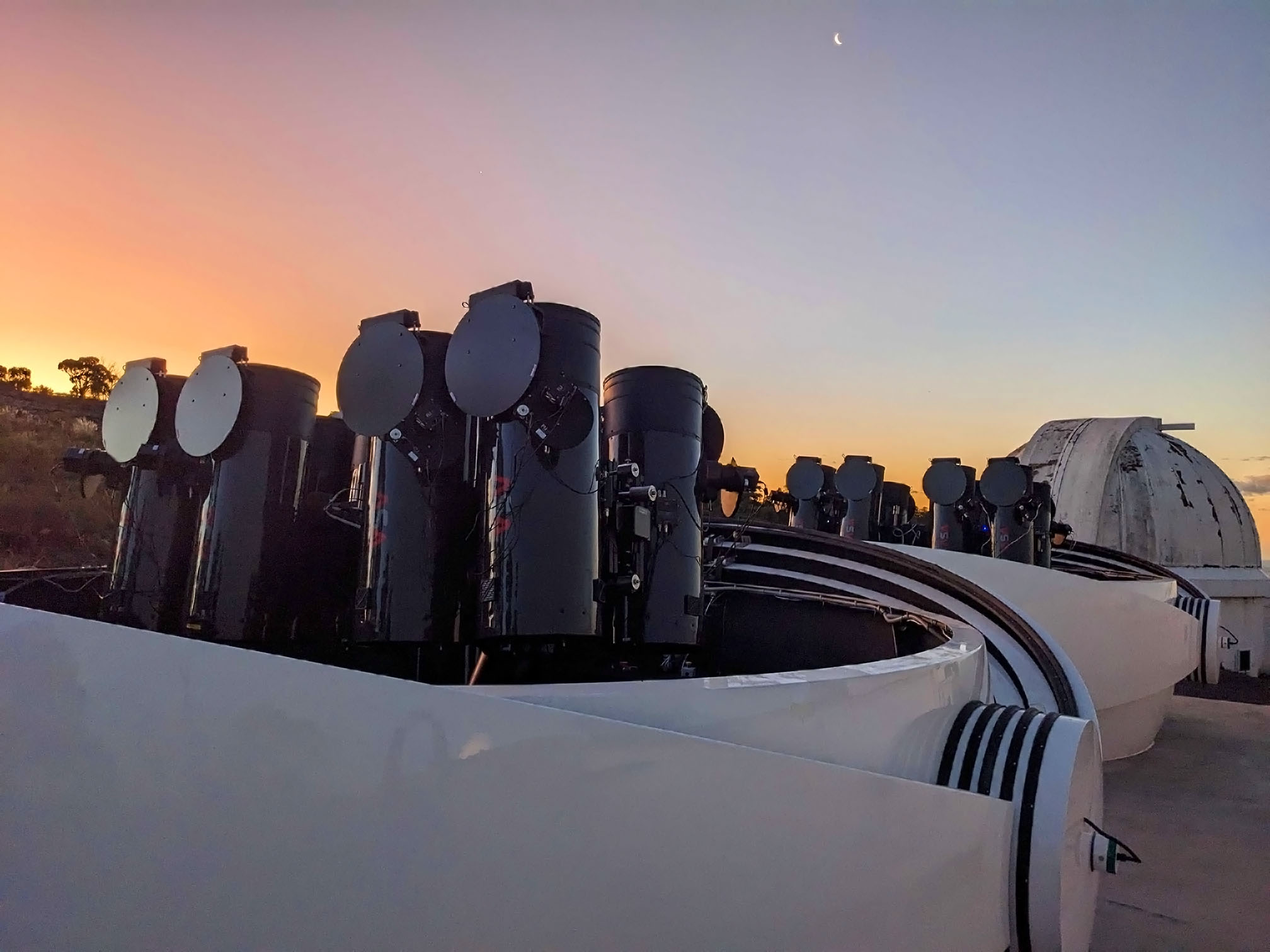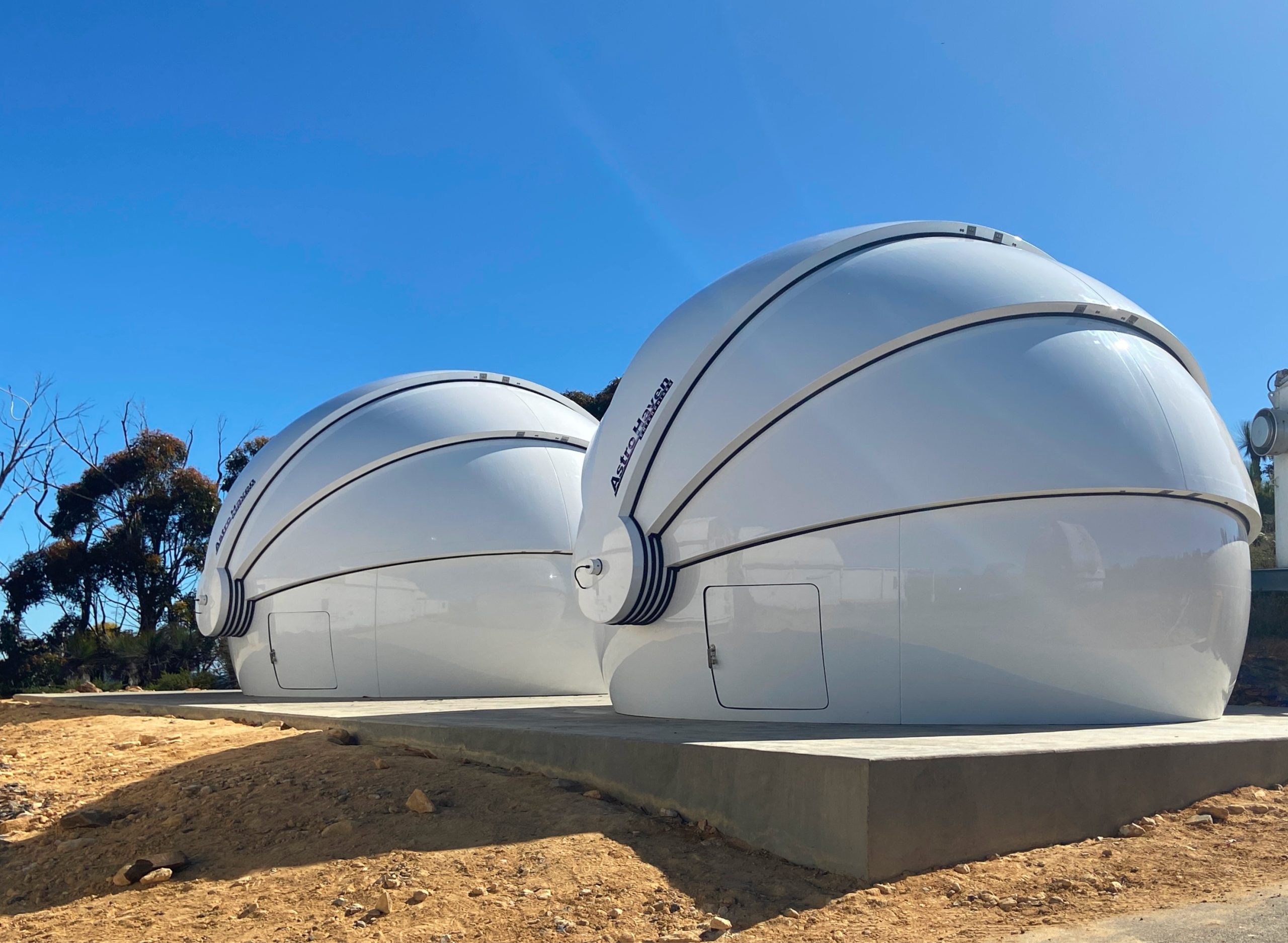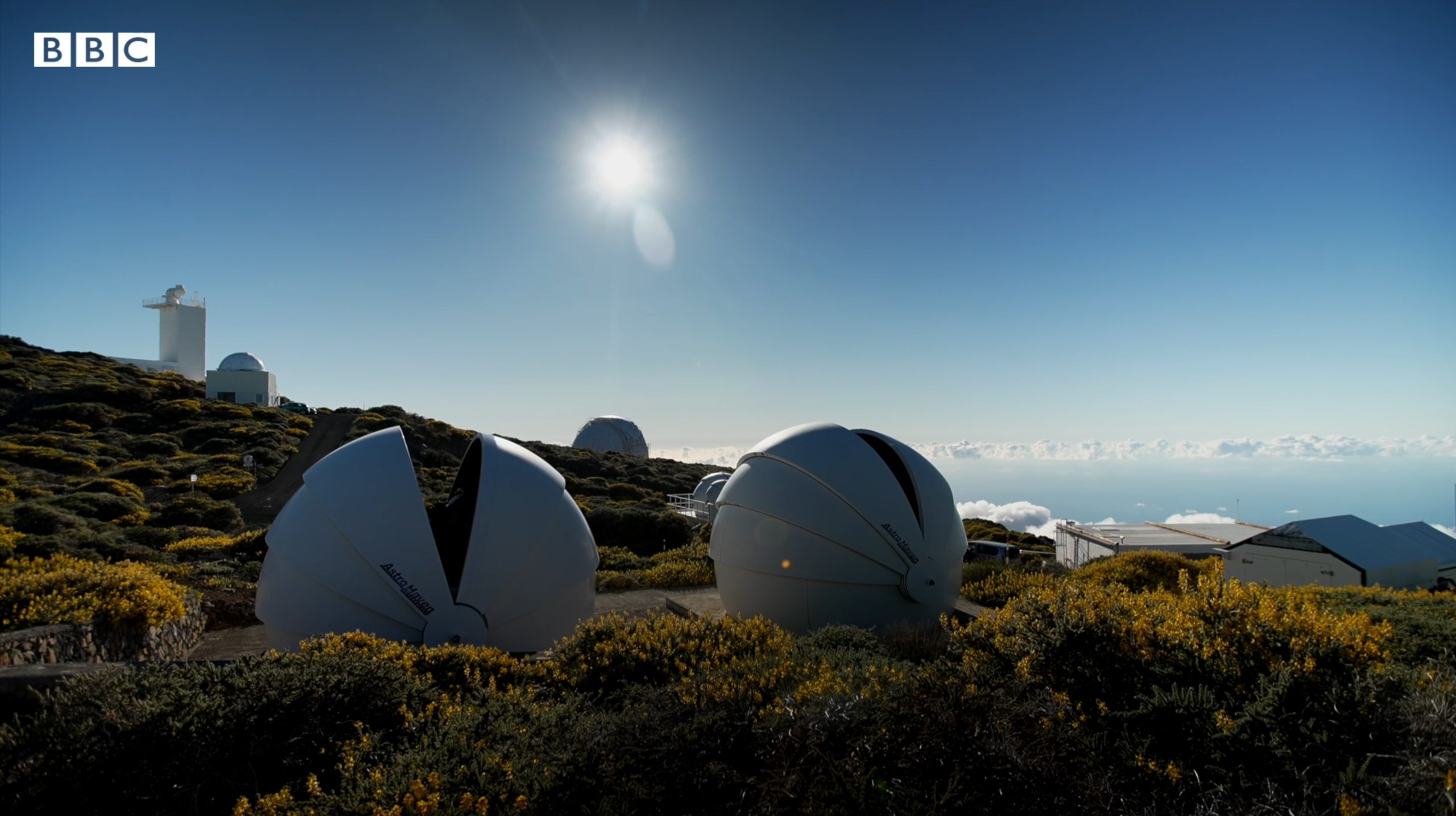Rise of Naked Eye Visible Nova (V462 Lupi) Observed by GOTO
A nova has been discovered within our galaxy which is briefly visible to the naked eye. Originally discovered on June 12th 2025 in the southern sky by the All Sky Automated Survey for SuperNovae (ASAS-SN), V462 Lupi quickly rose to brighter than 6th magnitude, making it visible to the unaided eye. Classical novae are caused…
Details
